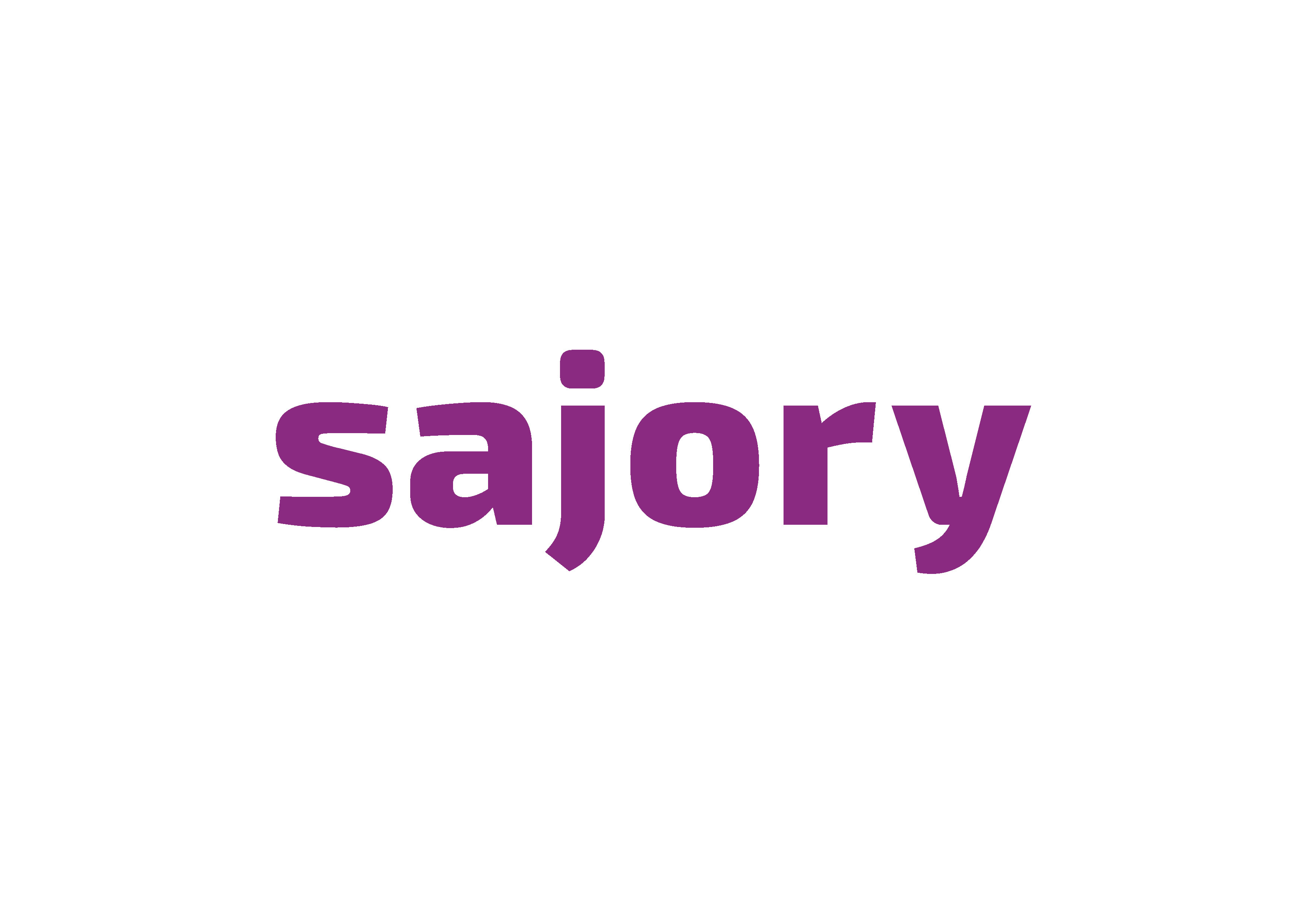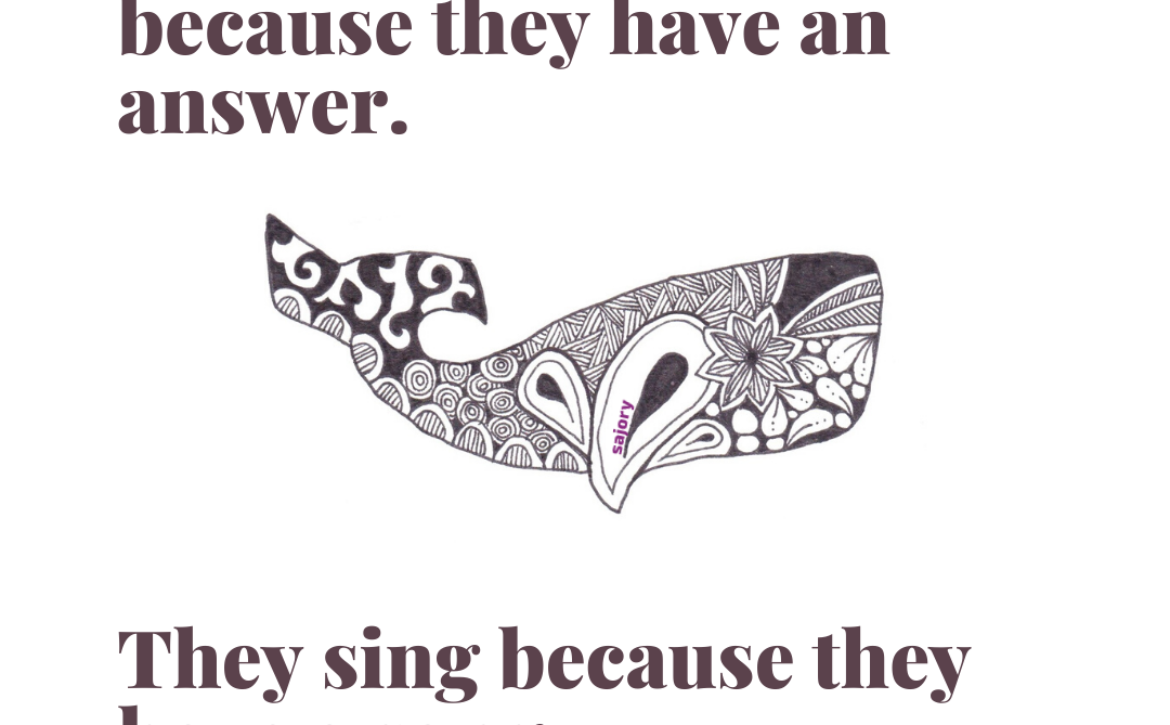examples.
Consider these examples of creative people who’s talents were not recognized by their teachers, parents or friends:
- Thomas Edison was told by his teachers that he was too stupid to learn anything.
- Abraham Lincoln entered the Black Hawk War as a Captain and came out as a much lower private.
- Winston Churchill failed sixth grade. He was at the bottom of his class in one school and twice failed the entrance exams for another.
- Louis Pasteur was rated mediocre in chemistry at the Royal College.
- Albert Einstein was four years old before he could speak and seven before he could read.
- Charles Darwin did poorly in the early grades and failed a university medical course.
- Fred Waring once was rejected from high school chorus
- Enrico Caruso’s music teacher told him he can’t sing and doesn’t have a voice.
- Walt Disney was fired by a newspaper editor because he “lacked imagination”.
- Pablo Picasso could barely read and write by age 10. His tutor gave up and quit.
- Madonna got fired form her early-career job at Dunkin Donuts when she squirted jelly filling all over a customer.
- Oprah Winfrey was fired from WJZ-TV as being “unfit for television news”. She showed too much emotions.
- Steve Jobs was fired from his own company.
- Marilyn Monroe was told by modeling agencies that she should consider becoming a secretary.
- Stephen King’s renown and first book, Carrie, was rejected 30 times. His wife rescued the book from the trash and convinced him to re-submit it.
- Michael Jordan was cut from his high school basketball team.
- J.K. Rowling was a divorced single mother on welfare with 12 rejections from publishers on the Harry Potter books.
- Sidney Poitier was told to become a dishwasher.
- The Beetles were rejected by a recording company saying they have no future in show business. They didn’t like their “sound”.
- Socrates was labeled as “immoral corruptor of youth” which lead him to his death sentence.
What more proof do you need to bring out the creative power in you? It doesn’t matter if others recognized it or not, especially at work. It requires you to recognize it.


